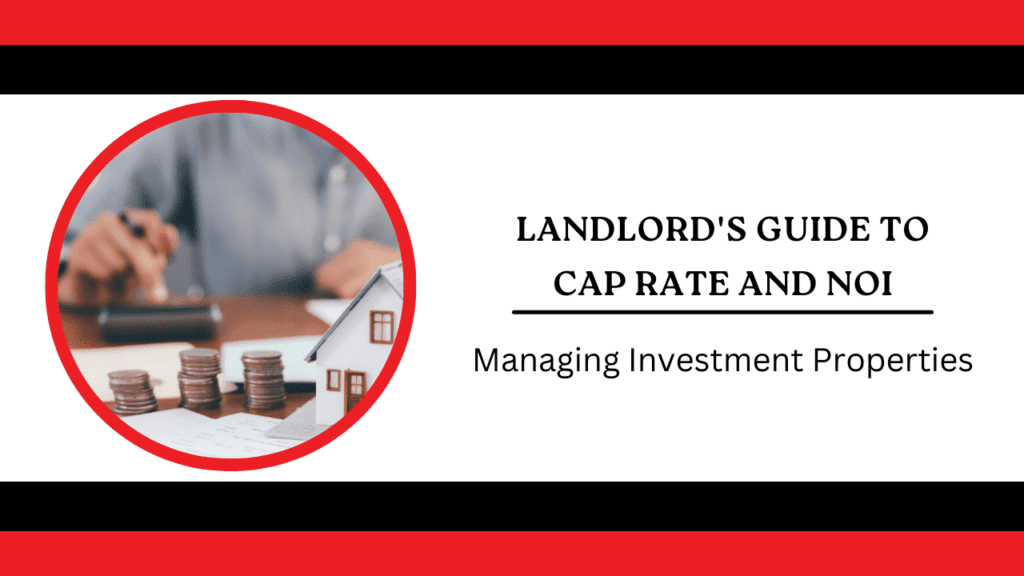
As you’re evaluating a potential investment property purchase, you’ll likely want to look at two important metrics: Net Operating Income (NOI) and CAP Rate. These are not the only factors you should consider when you’re about to buy real estate; you’ll also want to calculate your before-tax cash flow. And, you’ll want to calculate your Internal Rate of Return (IRR), which considers the total investment return, including capital appreciation.
But, NOI and cap rate are perhaps the most important factors, especially when we’re talking about real estate that you plan to buy, hold, and rent out over the long term.
Here’s what you need to know about understanding a property’s potential based on NOI and cap rate.
Net Operating Income and Tampa Rental Investments
NOI is a simple formula. You’re calculating your income minus expenses over the course of a year. These expenses exclude your debt service.
It’s simple math, but it has to be accurate math. Everything else depends on it. So, take a look at what’s coming in (rental income) and what’s going out:
- Insurance premiums
- Property taxes
- Repairs and maintenance
- Management costs
- Advertising and marketing costs
- Services like pest control and landscaping
All of your costs will be deducted from your income, apart from the mortgage you pay. There are likely to be vacancies from time to time, so make sure you include that in your calculations. This is the difference between Potential Gross Income (PGI) and Effective Gross Income (EGI).
Be careful with your deductions for repairs and maintenance. You don’t want to under-estimate what you’ll spend on labor, materials, and supplies. Inflation has pushed up the cost of maintenance. Make sure your NOI calculations reflect that.
CAP Rate and Tampa Rental Investments
The formula for your cap rate is slightly more complicated. You’ll divide your NOI by your purchase price, which is converted to a percentage. This is how you compare yields of different properties. If your NOI is $10,000 and you purchase a property for $100,000, your cap rate is 10 percent.
Here’s what you need to know:
You’re probably not going to earn that 10 percent cap rate that you’d like. In the current Tampa Bay real estate market, most investors have been buying investment properties with a cap rate that’s in the four percent range. You should feel pretty comfortable with the potential of your earnings if you can find a rate that rests there.
Remember that cap rates are also likely to improve as prices adjust lower. We’ve had some skyrocketing prices in the Tampa market over the last couple of years. As those prices start to peak and settle, you’ll see that the cap rate improves. However, there’s also inflation to contend with. Your cash flow may be impacted by rising prices and other financial squeezes.
 When you’re evaluating potential investment properties, you don’t want to use only these financial analysis tools to decide whether it’s the right property for you. Think about your own investment goals and talk to a local Tampa property manager so you can get an idea of what the location of the property is like, what type of tenants might be interested in renting the home, and what you can expect in terms of your investment experience.
When you’re evaluating potential investment properties, you don’t want to use only these financial analysis tools to decide whether it’s the right property for you. Think about your own investment goals and talk to a local Tampa property manager so you can get an idea of what the location of the property is like, what type of tenants might be interested in renting the home, and what you can expect in terms of your investment experience.
We’d be happy to help you make some smart investment decisions. Please contact us at Hoffman Realty.
